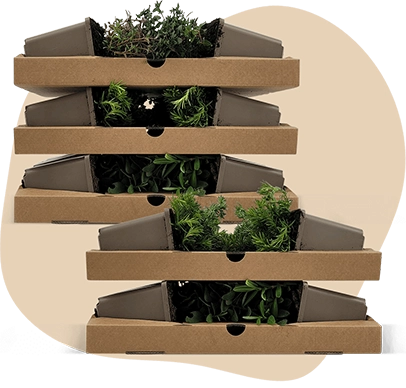Description
Hydrangea paniculata 'Phantom' C3 25-30 | Panicled hydrangea
The Hydrangea paniculata 'Phantom', commonly known as the Panicled hydrangea, is a striking shrub with an upright growth habit. This plant can reach a height of up to 300 cm, making it a prominent feature in any garden. The leaves of the Hydrangea paniculata 'Phantom' are green, with a smooth texture and a typical hydrangea shape. Although it is not evergreen, the Panicled hydrangea is relatively low-maintenance, making it a popular choice for gardeners. Unlike some other plants, it does not produce fruits or berries.
Key Plant Characteristics of Hydrangea paniculata 'Phantom'
- Hydrangea paniculata 'Phantom' blooms from July to September with large, white flower panicles. These flowers are not fragrant but attract bees and butterflies.
- The plant thrives in shady to semi-shady locations, making it versatile for different garden settings.
- It prefers good garden soil that is well-drained, ensuring optimal growth conditions.
- The shrub has an upright growth habit with green leaves, providing a lush appearance in the garden.
- Its branches are sturdy, supporting the large flower heads effectively.
Garden plants like Hydrangea paniculata 'Phantom' are excellent for solitary planting or group arrangements, adding beauty and attracting wildlife to the garden.
Application of Hydrangea paniculata 'Phantom' in the Garden
- Hydrangea paniculata 'Phantom' is perfect for use as a solitary plant or in group plantings, adding a striking presence to any garden.
- This plant is winter hardy, thriving in temperatures as low as -40°C, making it suitable for USDA zone 3.
- It combines well with other shrubs, especially those that prefer similar soil and light conditions.
- The plant's greatest ornamental value lies in its large, white flower panicles, which bloom from July to September, attracting bees and butterflies.




























